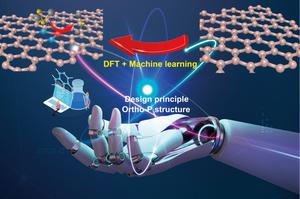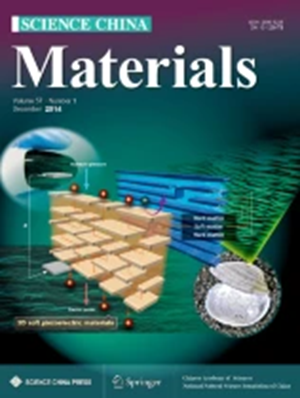Design principle of single-atom catalysts for sulfur reduction reaction–interplay between coordination patterns and transition metals
Abstract
The polysulfide shuttling effect is the primary bottleneck restricting the industrial application of Li-S batteries, and the electrocatalytic sulfur reduction reaction (SRR) has emerged as an effective solution. Carbon-based single-atom catalysts (SACs), which promotes SRR, show great potential in inhibiting the shuttling effect of polysulfides. Meanwhile, the optimization and rational design of such catalysts requires a deep understanding to the fundamental SRR mechanism and remains highly nontrivial. In this work, we construct a comprehensive database of carbon-based SACs, covering different coordination patterns, heteroatoms, and transition metals. The SRR activities are determined using density functional theory calculations, revealing a synergistic effect between the p orbital of the heteroatom and the d orbital of the transition metal. This interplay underscores the critical importance of the coordination environment for SRR under the ortho-P2C2 structure. Regardless of the transition metal type, the ortho-P2C2 coordination pattern significantly enhances the SRR performance of SACs, surpassing the widely reported N3C1 and N4 coordinated graphene-based SACs. Furthermore, heteroatoms with ortho-P2C2 may exhibit SRR activity. In a word, by using this comprehensive dataset and data-driven framework, we propose a promising novel class of coordination structure (ortho-P2C2 structure) and neglected design principle.


 求助内容:
求助内容: 应助结果提醒方式:
应助结果提醒方式:


